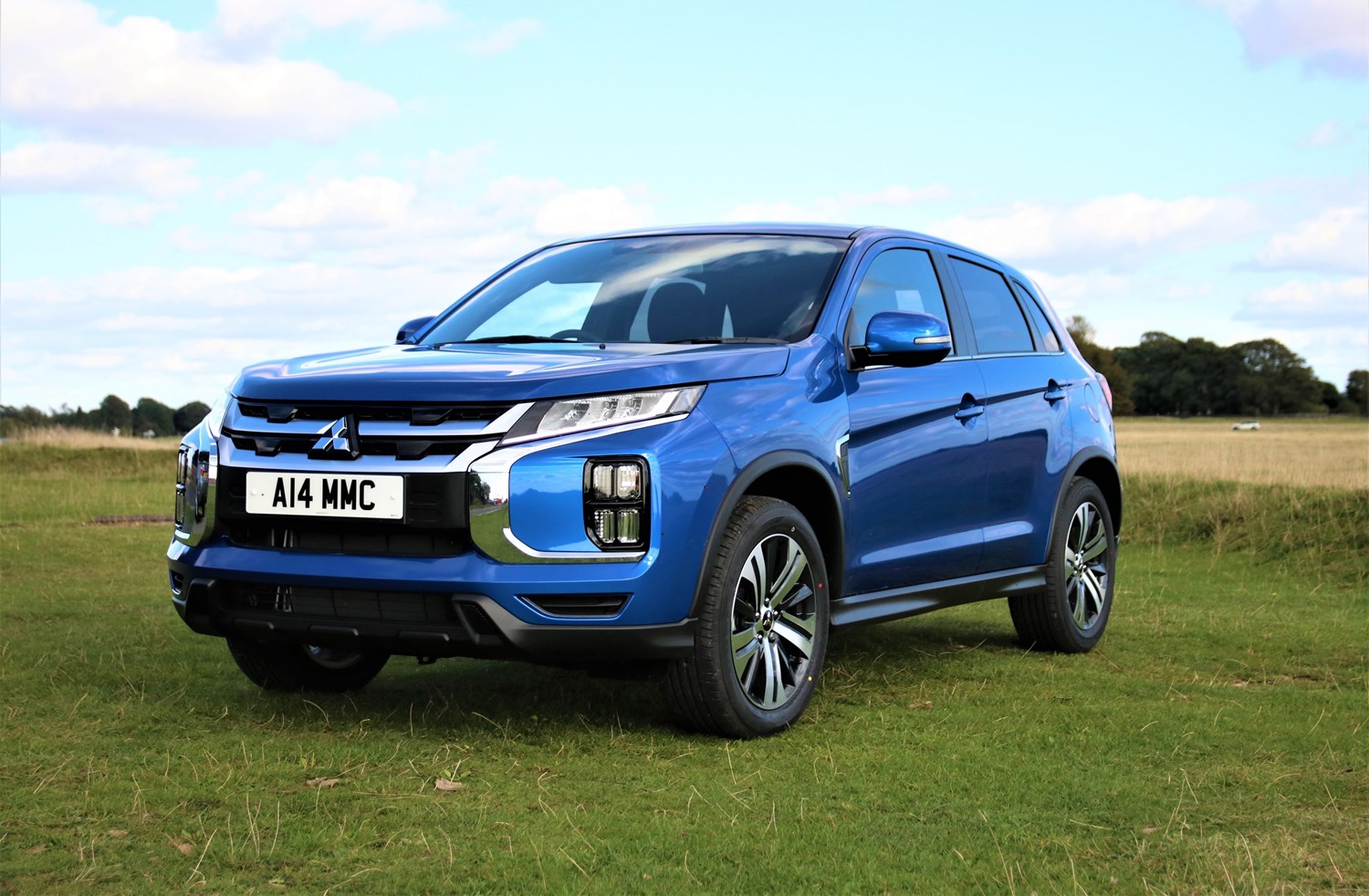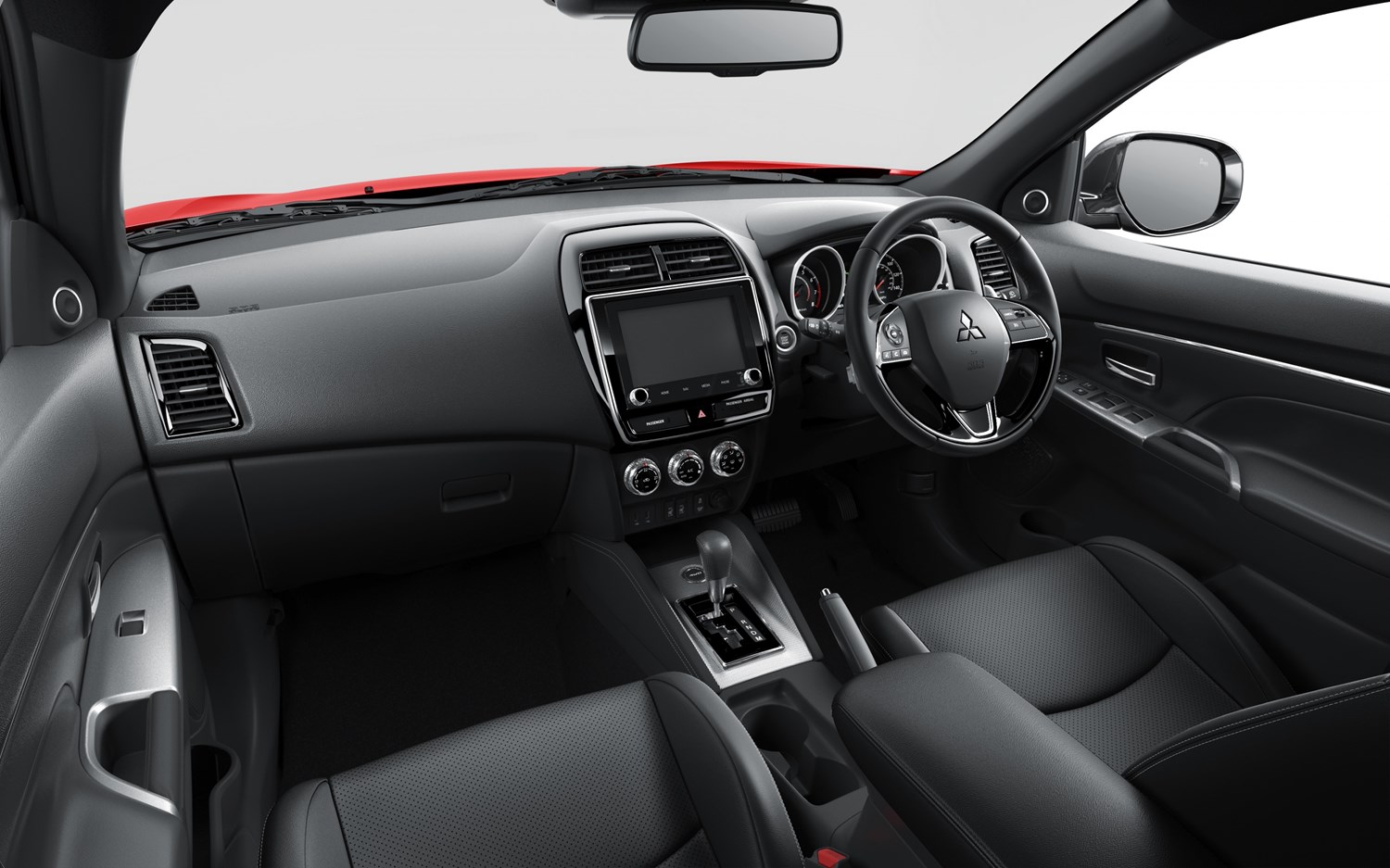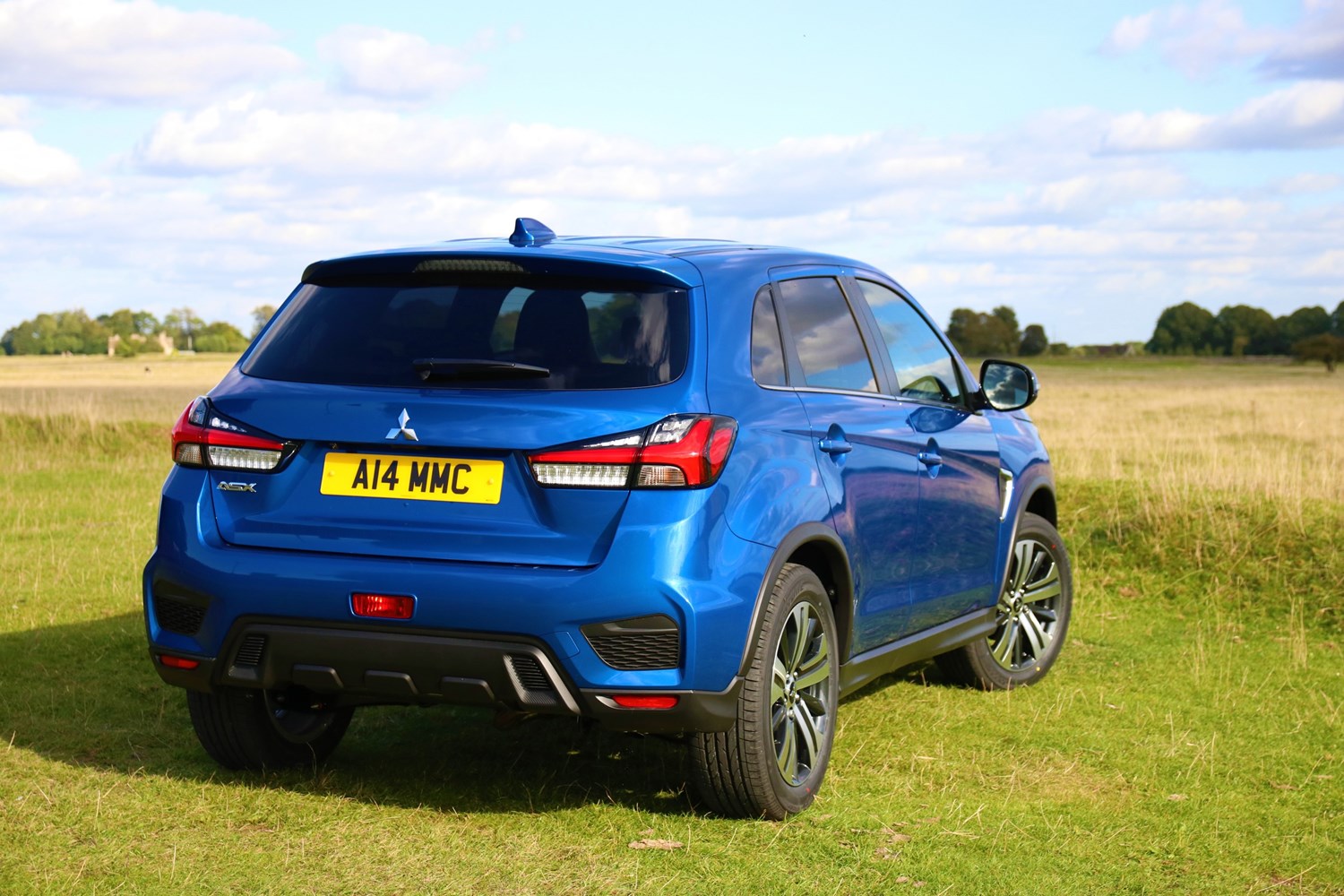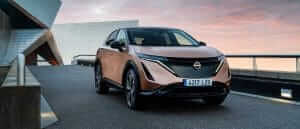Latest model
The most recent update to the ASX arrived in 2019, with the model bringing an even bolder look, with everything from the windscreen forward being new, according to Mitsubishi. New LED lights were fitted at the front and rear, along with new colour options and a revised rear bumper.
Elsewhere there’s also a new eight-inch touchscreen with smartphone mirroring, while Mitsubsihi launched a new 2.0-litre petrol option which would become the only unit available on this facelifted ASX.
However, the model was discontinued in 2021 as Mitsubishi pulled out of the UK market, with the brand focusing its efforts on other overseas countries where it is more lucrative.
Value for money
Credit where credit’s due, the Mitsubishi ASX has always represented great value for money, with affordable pricing that undercuts many rivals. With a starting price of £20,295, the latest ASX is also an affordable option, especially considering the generous standard equipment levels, with heated seats, climate control and an eight-inch touchscreen all included as standard. Though prices rise to just over £25,000 for a top-spec four-wheel-drive version, it’s still an attractive option.
If you want an affordable used crossover, the ASX is well worth considering with high-mileage examples starting from as little as £3,000, though you’ll need to spend around £4,500 before you get an example with under 70,000 miles on the clock. If you’d like a facelifted model, a 2020 car was available from around £16,000 at the time of writing – bringing a welcome saving off the list price.
Looks and image
Though Mitsubishis might not be primarily bought for their styling, the ASX has never been a bad-looking car throughout its various iterations. Though looks are always subjective, we reckon earlier cars with their subtler design are the more appealing, though if you want something a bit bolder, the latest cars with a prominent chrome front end certainly won’t leave you disappointed.
Sadly, though, the ASX’s interior falls short of rivals in this class. Though Mitsubishi has installed more in the way of technology – namely a new eight-inch touchscreen system – the overall cabin lacks the finesse and quality that you find with many rivals in this class. More reassuringly, it does feel quite sturdy and would likely be an appealing workhorse.
The disappointment unfortunately continues behind the wheel, too. The sole petrol option available on newer models is lethargic and thirsty, so we’d be tempted to sway to the diesel models offered in previous years. The ride also isn’t that great, while it doesn’t handle all that well either. There are certainly far better driving options available in this class.




